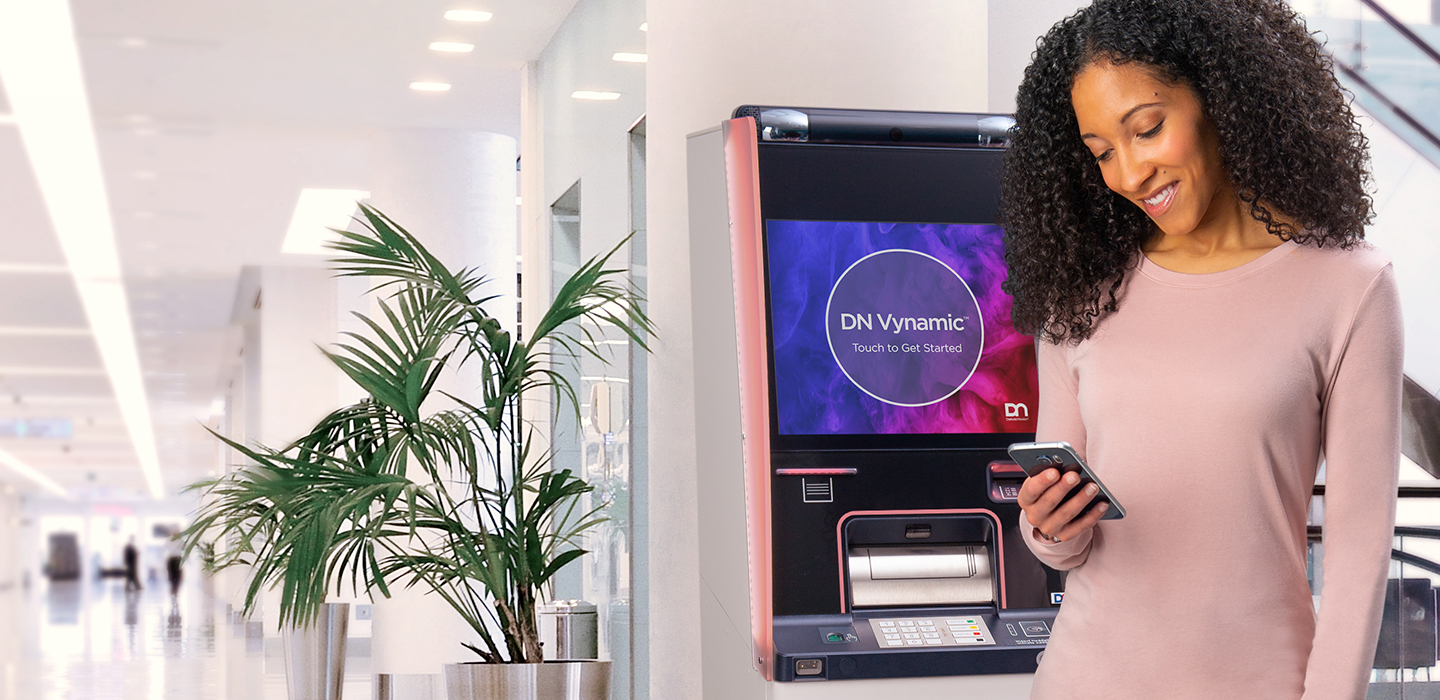In recent years, there has been robust dialogue around all the ways technology has “disrupted” the banking and finance industries. Now, as a global pandemic impacts business operations, banks are quickly adjusting to better leverage self-service and digital automation to provide service to their customers.
Banking services are classified by the
U.S. Department of Homeland Security as essential, critical infrastructure that must remain operational during the COVID-19 crisis. However, to keep their employees and customers safe, many banks are reducing their branch hours, meeting only by appointment or, in some cases,
closing branches entirely. As consumers’ ability to conduct in-person banking transactions declines, banks are relying on technology to fill the gaps.
Leveraging technology to address customer and employee concerns
An important function of technology during the current COVID-19 outbreak is addressing banking customer and employee concerns. As social distancing, regional lockdowns and quarantines continue, customers will still have the need to conduct critical banking transactions and access their funds, whether they’re using a mobile device, online banking, debit or credit card, ATM or a bank drive-thru.
Fortunately, time-tested technology solutions are in place to help address this need. ATMs can be configured enabling users to conduct a variety of critical transactions beyond simply withdrawing cash, such as making deposits, paying bills, transferring funds or applying for loans. Over the years, many banks have closed their drive-up lanes, but this trend is currently reversing because of social distancing practices. Some banks are reinstalling their pneumatic tube systems to support the increased need for drive-up banking. In addition, interactive ATMs or ‘remote tellers’ allow bank employees to serve customers around the clock. All of these options provide essential services while protecting customers and employees.
Finally, automated cash recycling, which enables ATMs to securely and accurately accept, validate, store and circulate cash, reduces the number of handling steps needed in the cash cycle. Employee safety is increased since fewer trips to replenish the machines are needed, and tellers don’t have to take deposits to sort and count.
The U.S. Department of Homeland Security has also identified any workers needed to maintain these systems and equipment for processing financial transactions as an essential critical infrastructure workforce. Now more than ever before, it’s critical that these channels are available and functioning properly.
Where humans must step back, technology can step in
When human beings cannot be physically present, technology can keep critical services accessible--and not just at banks. For instance, self-service technology, including ATMs and self-checkout, is now mission critical for daily operations inside grocery stores, fuel stations and pharmacies; enabling commerce to continue in the midst of social distancing. As long as banks and retailers ensure that equipment is being regularly disinfected by following best practices, access to this technology enables customers to meet their daily needs while also complying with the social distancing policies being enacted by governments and businesses around the world.
COVID-19 presents a myriad of challenges to the banking industry, but by keeping essential services operating, leveraging or deploying technology to address customer and employee concerns and improving the efficiency of remaining branches, banks can achieve the necessary stability to weather the current crisis and endure for the long term.
First appeared in
Banking Dive
